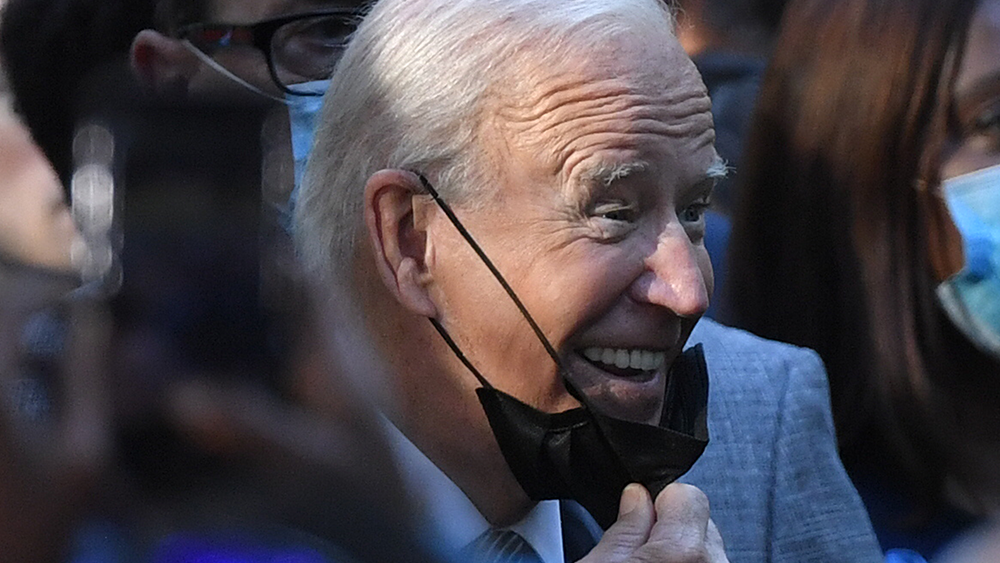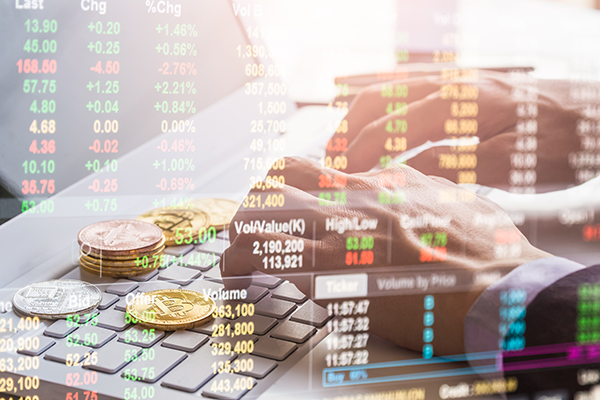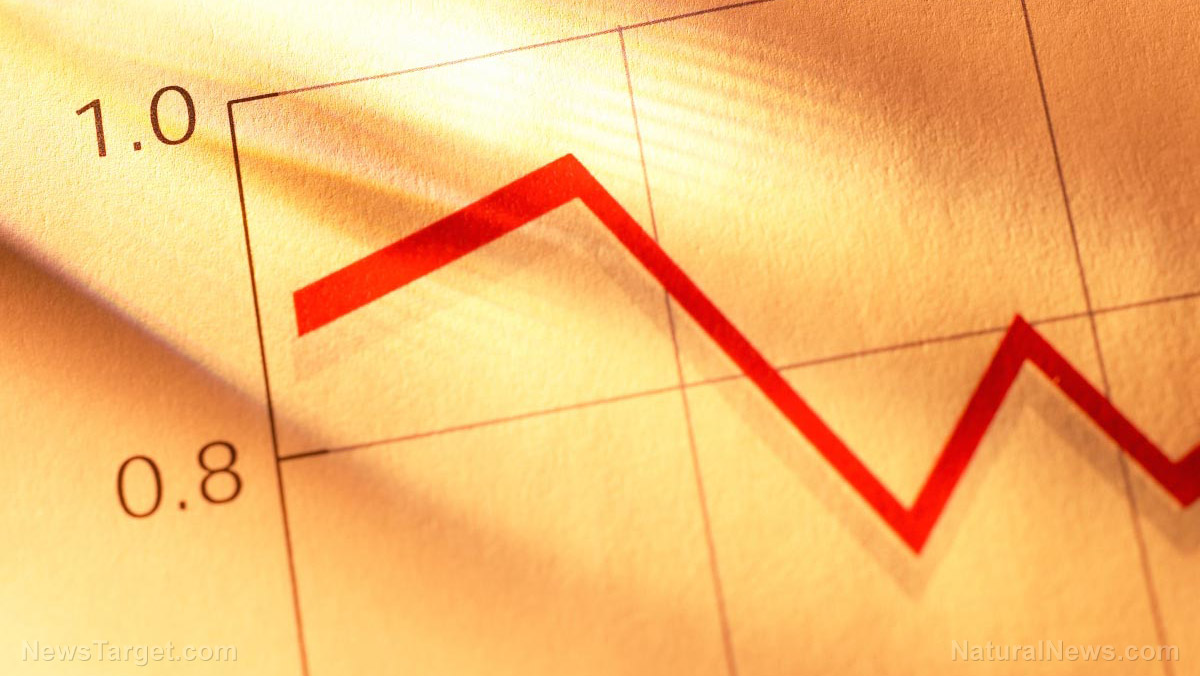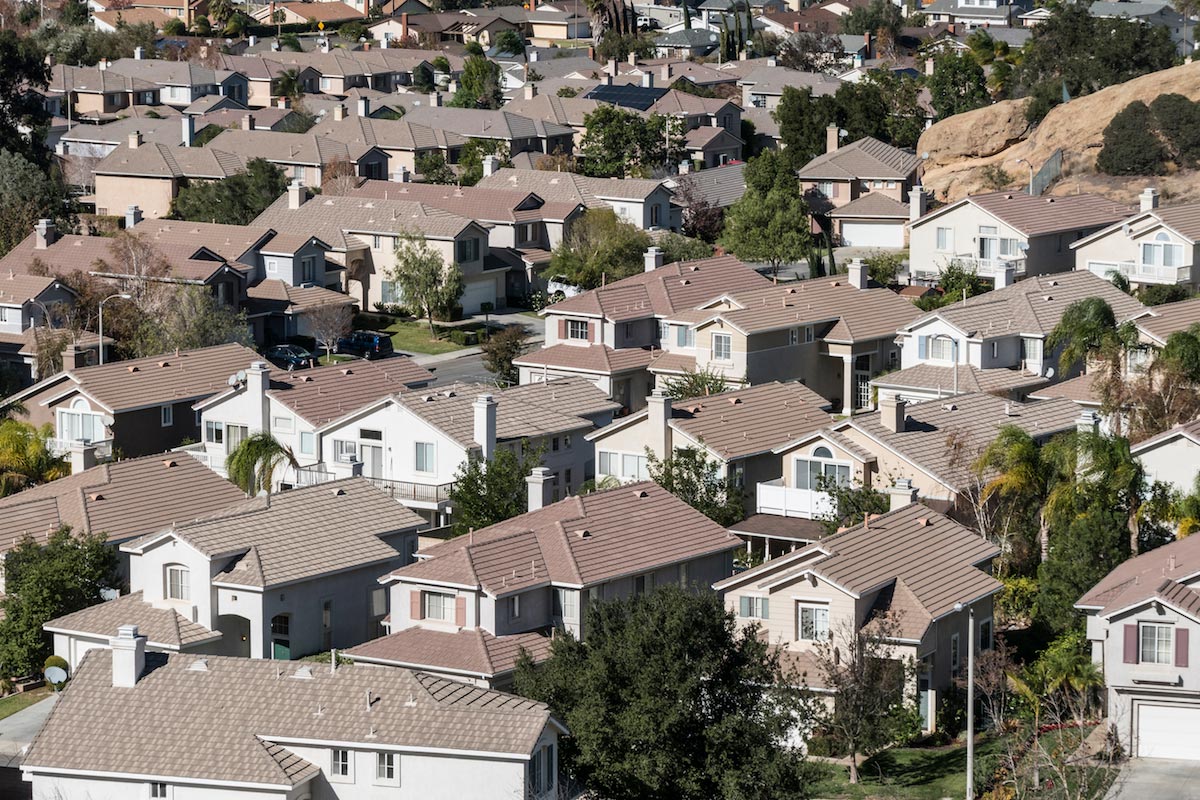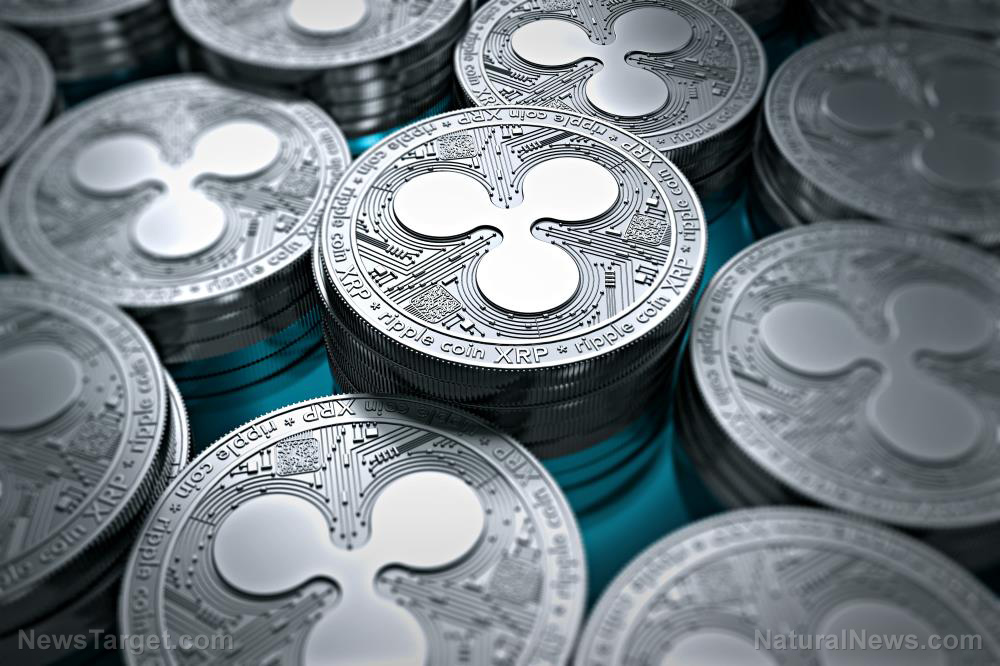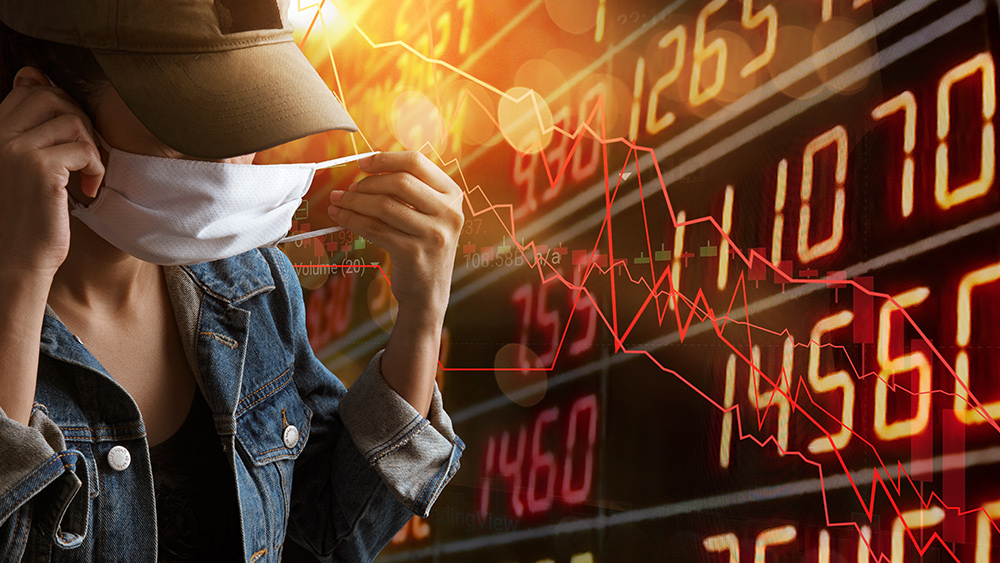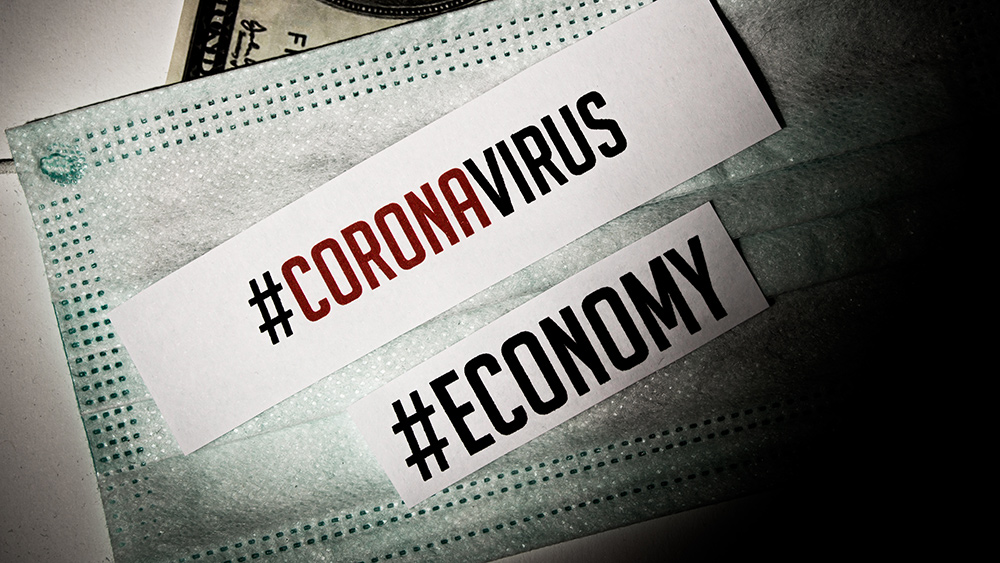Inflation could be a shock to US financial system, warns economist
07/08/2021 / By Divina Ramirez

The coronavirus pandemic has led several countries, including the United States, to implement lockdowns and travel restrictions, creating an unprecedented economic crisis in peacetime.
In particular, the pandemic has resulted in large shocks to both supply and demand, driving inflation that may come as a blow to a financial system that has been conditioned for the persistence of more stable inflation. That’s according to Mohamed El-Erian, an economic advisor at German financial services company Allianz SE.
In a recent op-ed in the Financial Times, El-Erian said both central banks and markets should widen their perspectives to avoid significant damage to the economic and financial system. El-Erian also shared his concerns over what some economists believe is a “Goldilocks-like” scenario for markets worldwide.
In economics, a Goldilocks-like scenario is neither too hot nor too cold – it’s just right. In this perfect scenario, there is full employment and economic stability. The economy isn’t growing or shrinking by a large margin. Therefore, a Goldilocks economy is “warm” enough to prevent a recession but not too hot to drive inflation.
El-Erian said he has no serious quarrel with the projection that growth will be robust in some of the biggest economic regions in the world, including China, the U.S. and the European Union. He also agrees that important central banks will likely maintain extremely loose monetary policies for quite a while.
Instead, what he’s concerned about is the widespread conviction among economists that the current rise in inflation is only transitory. El-Erian believes the contrary because of all the on-the-ground evidence of significant structural changes in supply at a time when demand for all products remains robust.
He pointed to two historical dynamics that could lead to long-term inflation. First, seemingly one-off increases in prices can cascade through the system. Second, a rise in inflation can be persistent, starting with commodities and prices at factories and ending in consumer prices and wages.
“I do not expect a return to the inflation of the 1970s,” said El-Erian. But we still need to respect the possibility of a shock to a financial system that’s been wired for the persistence of lower, more stable inflation.
Moreover, he warned that the U.S. central bank might be too complacent about its ability to contain the risk of inflation and end up waiting too long before hitting the brakes. This late slamming of the brakes, rather than an earlier easing off the accelerator, could severely increase the risk of an unnecessary recession, said El-Erian.
US inflation climbs to highest rate since 2008
Inflation in the U.S. has jumped to the highest rate since 2008 as the country rebounds from the pandemic. According to the U.S. Bureau of Labor Statistics (BLS), the consumer prices index rose at an annual rate of five percent in May, up from 4.2 percent in April and the highest since August 2008.
Core inflation, which excludes volatile commodities such as food and energy, reached the highest level since 1992. It rose 3.8 percent year-on-year, up from three percent in April.
Fears over steadily rising prices in the U.S. have gripped markets, with investors worried that pent-up demand and supply chain bottlenecks would further worsen inflation and force the Federal Reserve System (FRS) to slow its stimulus program. (Related: INFLATION: Prices of groceries, gas rise as Biden’s money printing machine goes into overdrive.)
Surprisingly, however, stocks rallied on the news, with the Standard and Poor’s 500 (S&P 500) reaching a new high as traders anticipated that the current rise in inflation would only be temporary.
Follow Collapse.news for more articles with updates about the state of inflation in the U.S.
Sources include:
Tagged Under: Collapse, coronavirus, Coronavirus pandemic, covid-19, covid-19 pandemic, economics, economy, Inflation, inflation rate
RECENT NEWS & ARTICLES
COPYRIGHT © 2017 BUBBLE NEWS

